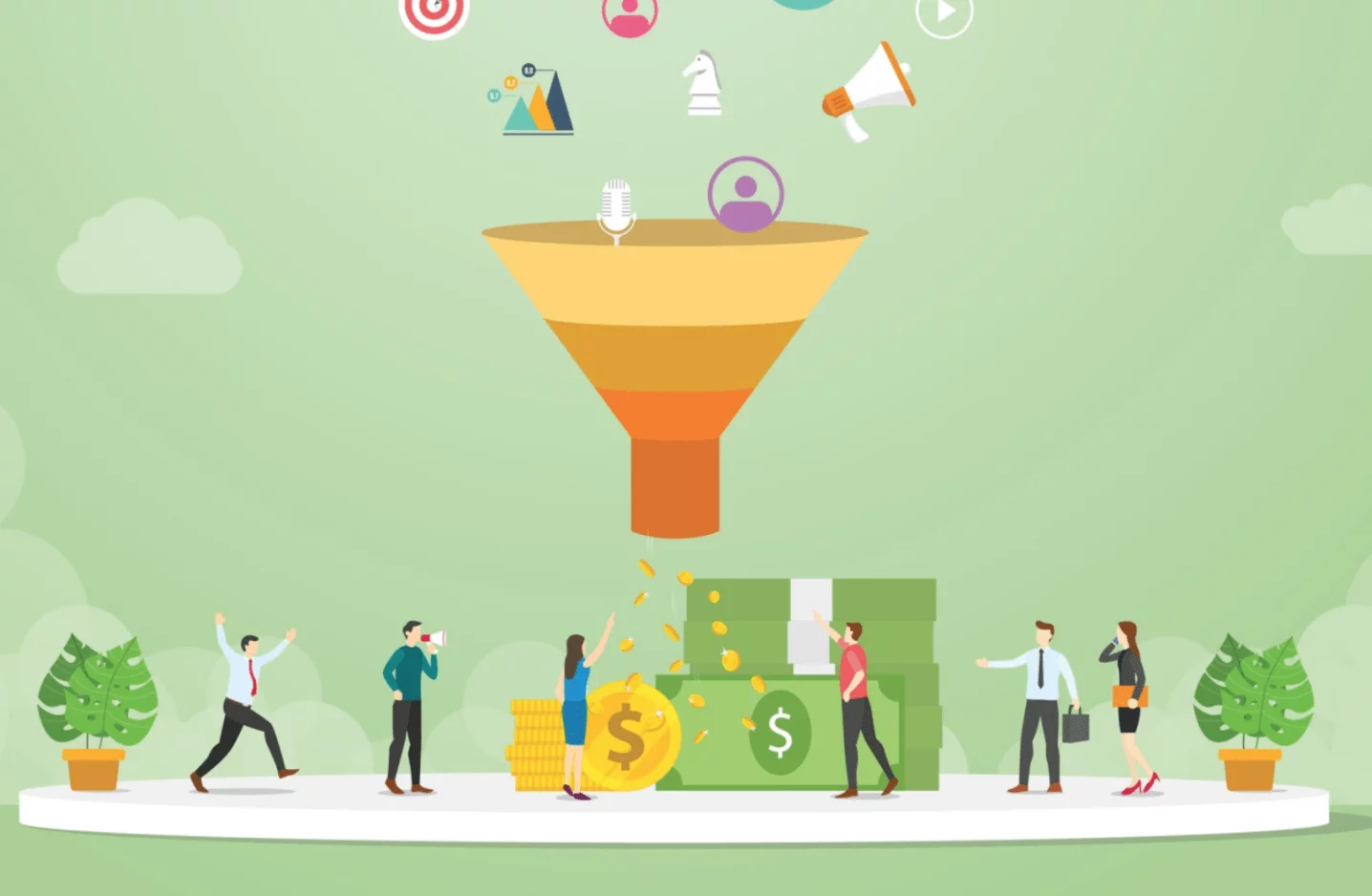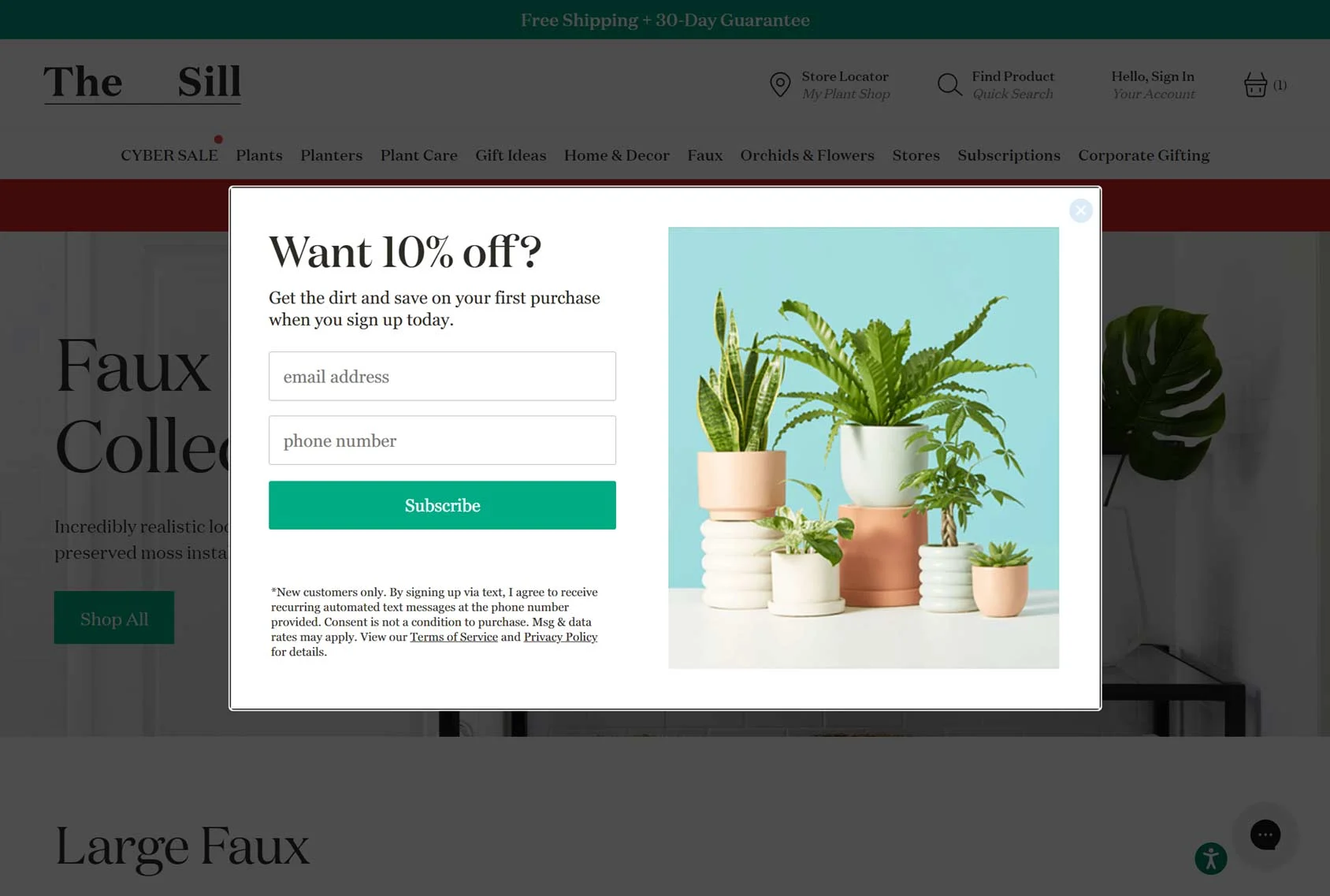
How to integrate pop-ups into an effective sales funnel?
Did you know that the strategic addition of pop-ups can significantly improve the performance of your sales funnel? When well integrated, these tools capture attention, guide visitors, and reduce abandonment, thus transforming more prospects into customers. However, misusing pop-ups can harm the user experience and hinder conversion. The challenge is to know when and how to deploy them effectively. Discover how to intelligently integrate pop-ups into your sales funnel to maximize your results without disrupting navigation!
1. When to integrate a pop-up into the sales funnel?
Pop-ups are powerful tools for optimizing a sales funnel, but their effectiveness depends on the right timing and context. When placed at strategic moments in the user journey, they can encourage action without abruptly interrupting the browsing experience.

The role of pop-ups in a conversion funnel
An effective sales funnel gradually guides the visitor toward the final conversion. The integration of pop-ups at key stages allows for:
- Capturing leads before they leave the site.
- Re-engaging a hesitant user before they abandon their cart.
- Facilitating decision-making by providing additional information or immediate incentives.
Key moments to use a pop-up
- At the entrance of the site (initial hook)
- Objective: encourage registration (newsletter, free trial).
- Examples: “Get 10% off your first order by signing up for our newsletter”.
- During an engagement behavior (proactive interaction)
- Objective: stimulate interest after several actions (e.g.: visiting multiple pages).
- Examples: “Check out our best offers selected for you!”.
- Before a page abandonment (Exit-Intent) (recovering lost prospects)
- Objective: reduce the abandonment rate by offering an alternative.
- Examples: “Don’t leave empty-handed! Enjoy 15% off right now”.
➡ Activating pop-ups at the right time helps optimize engagement without harming the user experience.
2. Best practices for effective pop-ups in a sales funnel
The integration of pop-ups into a sales funnel must be strategic and optimized to maximize conversion without disrupting the user experience. Careful design and a targeted approach increase their effectiveness while preventing them from becoming intrusive.

Optimizing the impact of pop-ups without harming conversion
For pop-ups to be seen as a value addition rather than an interruption, here are some fundamental principles:
- Contextual display: Trigger a pop-up only when the user shows interest (e.g.: after browsing several pages or adding a product to the cart).
- Clear and enticing message: Write a concise and engaging value proposition (“Get 10% off by signing up now!”).
- Relevant offer: Tailor the pop-up content to the visitor’s expectations (e.g.: discount on a viewed product).
- Discreet and ergonomic design: Ensure the pop-up is visually appealing without obscuring essential site elements.
Personalization and segmentation for better conversion
A generic pop-up will have less impact than a targeted message based on user behavior:
- Segmenting visitors: Offer a specific incentive to new visitors vs. regular customers.
- Testing different variants (A/B testing): Compare several formats and messages to identify those that convert best.
- Analyzing performance: Track click and conversion rates to continuously optimize the display and content of pop-ups.
➡ Well-designed and well-targeted pop-ups integrate smoothly into the sales funnel and significantly increase the conversion rate.
Pop-ups, when well integrated into a sales funnel, are powerful levers for capturing attention and maximizing conversions. With Poosh, the number one solution for smart pop-ups, optimize every interaction and transform your visitors into engaged customers. Test them out now!